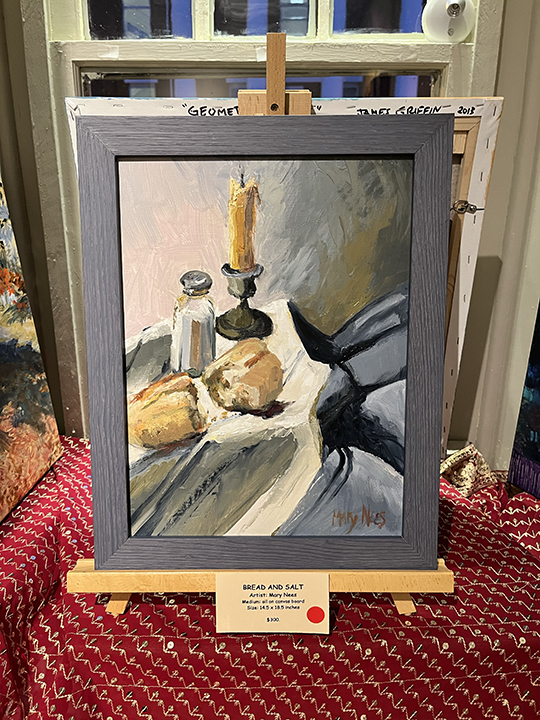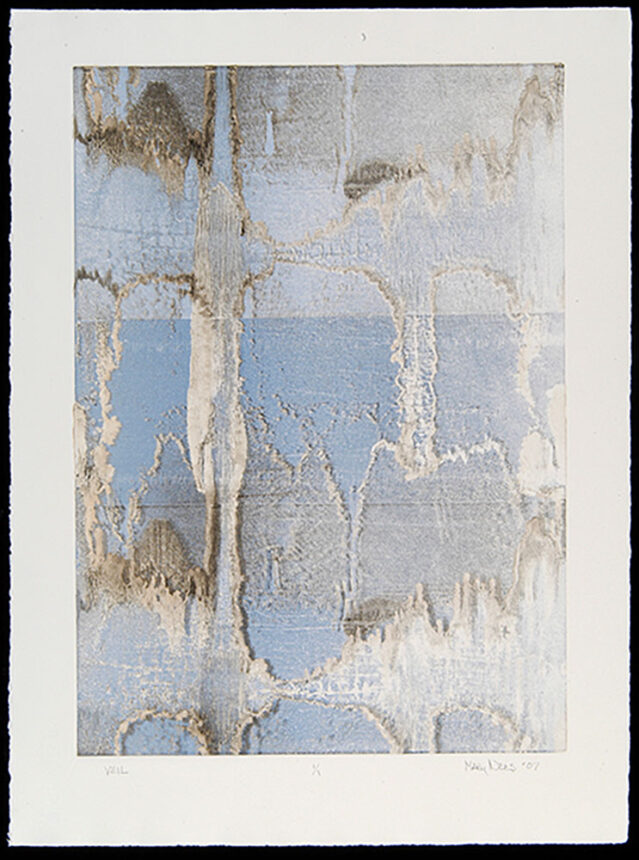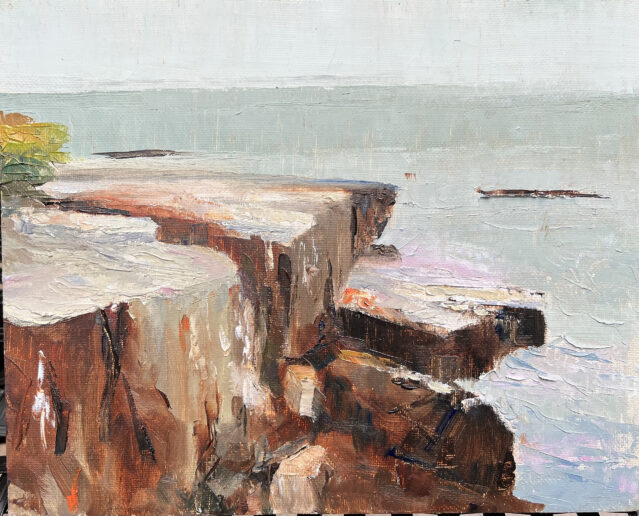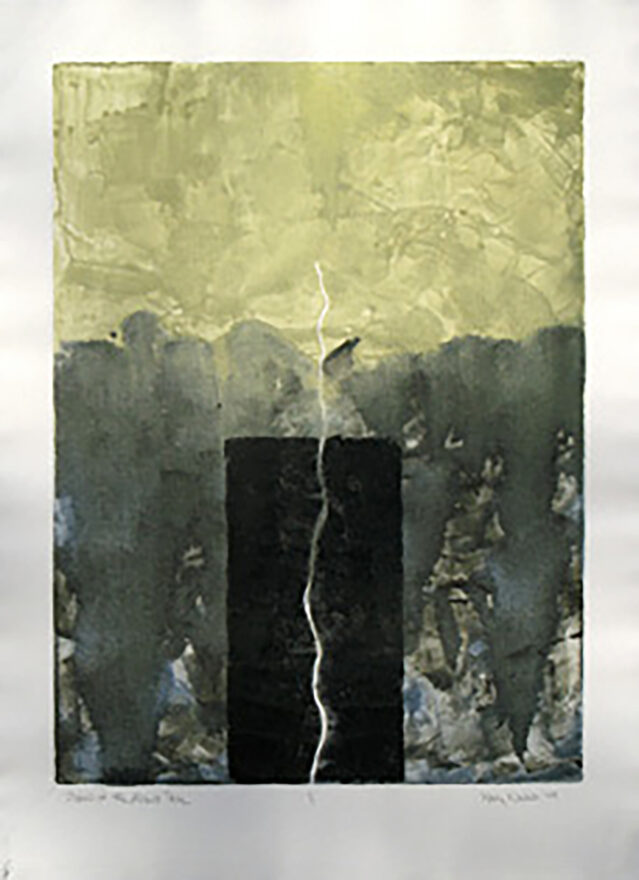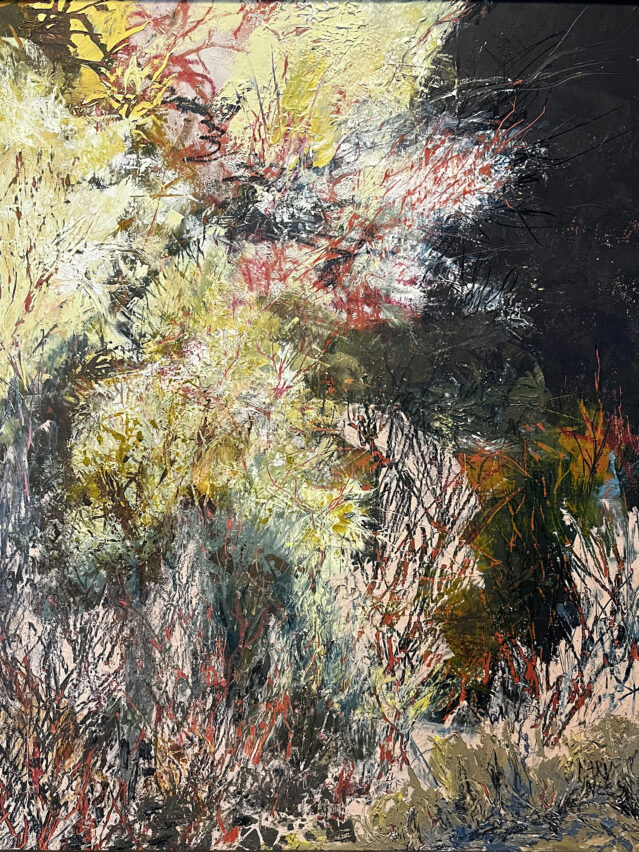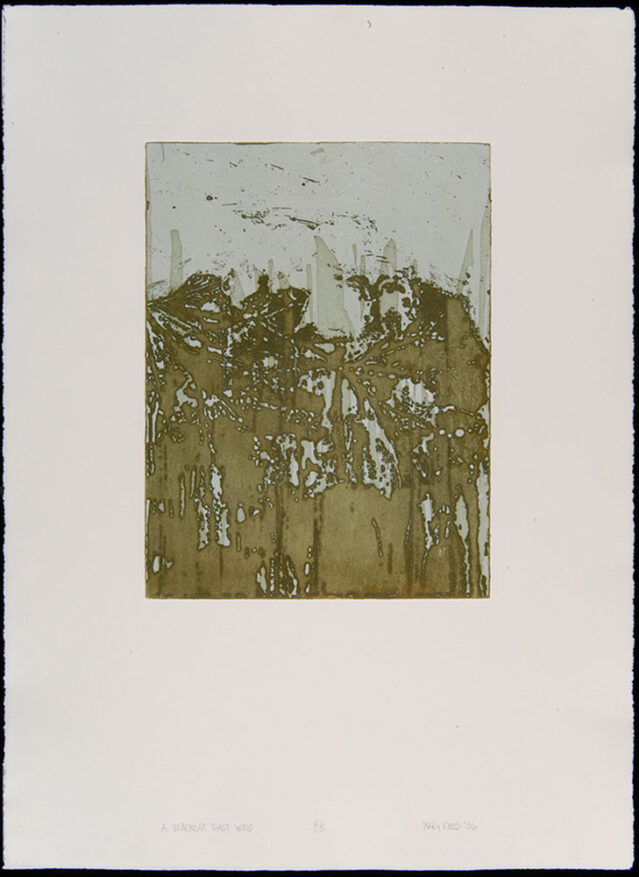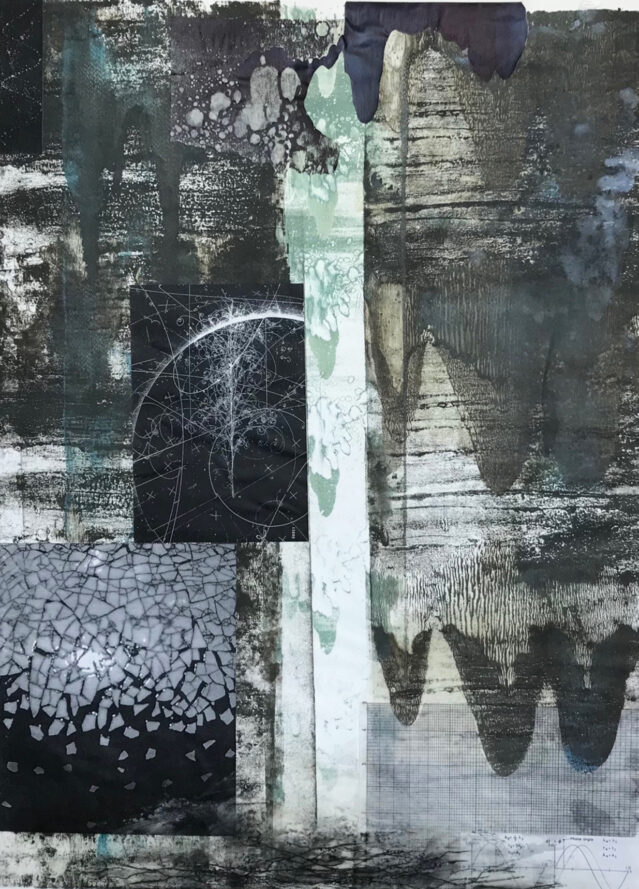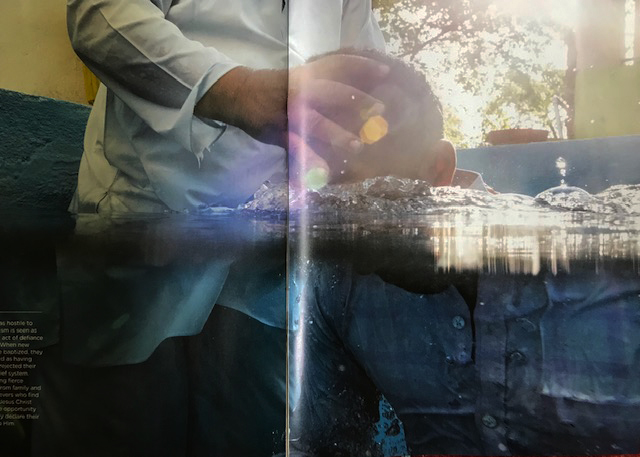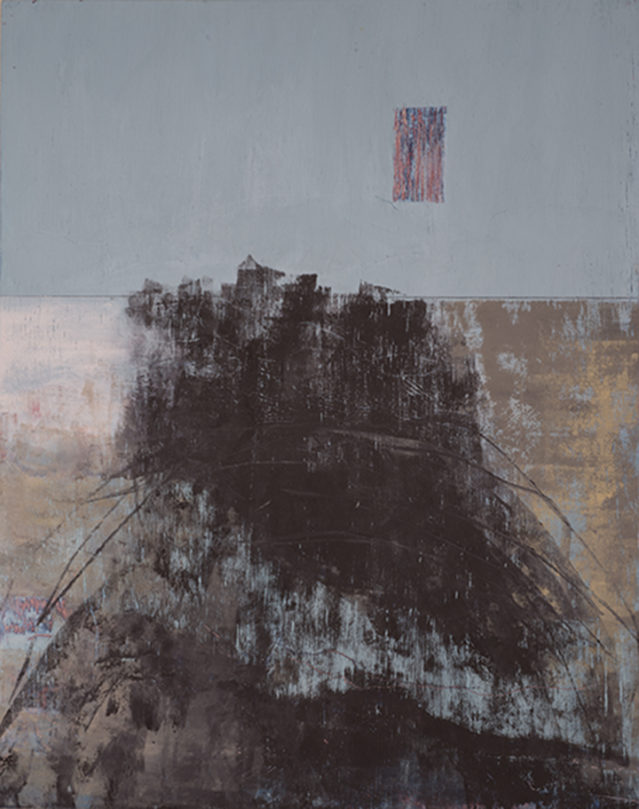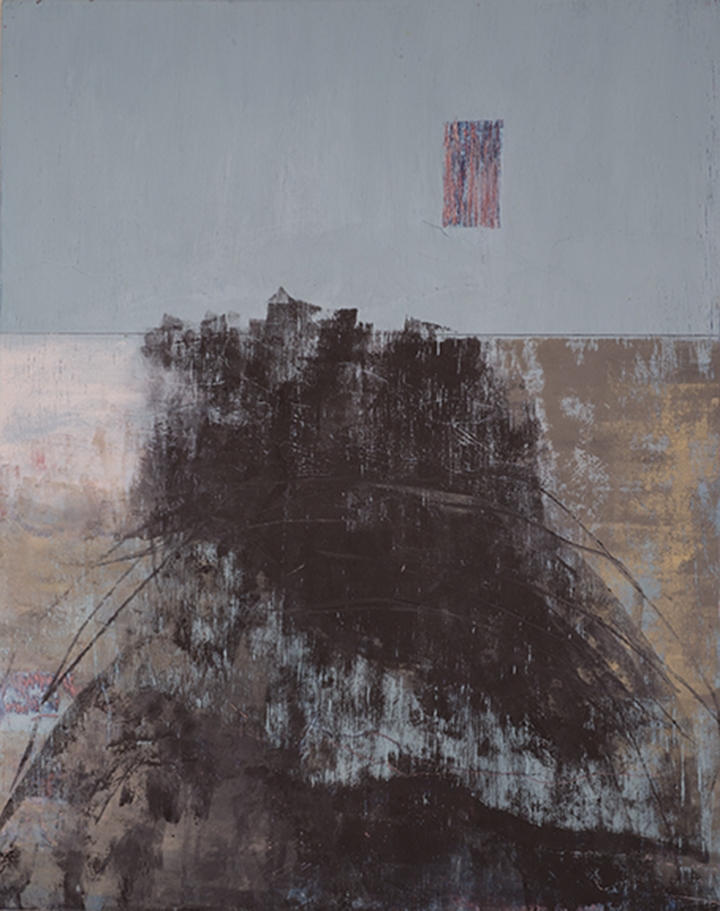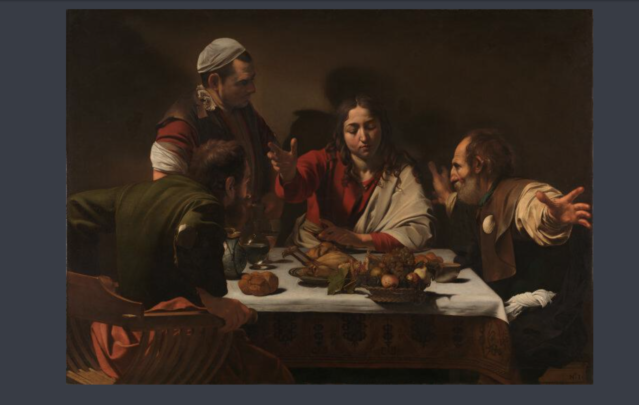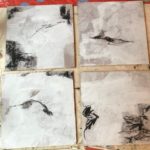It’s been years, decades, since I first heard an old Russian proverb. It latched into my head in some primal way, and I’ve never forgotten it: “eat bread and salt and speak the truth.” What could be more simple? What could be more valuable in any earthly life? Bread and salt are basic. Even the poorest in the tundra have bread of some kind to share. And truth? What could be more necessary, what could be more desired in a meeting of people at any table — especially in our times of fake this and that. I am so weary of all the fakeness and all the outright lies!
And so, when I was invited to submit to a local show called “The Magic of Ordinary Things” I knew what I wanted to do right away. I saw a saltshaker at a restaurant and decided it would be perfect for my still life set up. Truthfully, I asked my companion, since it was such a plain and ordinary specimen “do you think the restaurant would let me take this home?” He said he would be embarrassed if I asked them. So, I demurred under his truthfulness and started my quest unperturbed: how to find a simple multi-sided saltshaker which could highlight the proverb?
Sure enough a local restaurant supply place had just the specimen for less than five dollars. I bought some crusty bread, gathered some cloth and a candle, and began to sketch an arrangement. Then I mixed my oil colors, looking for contrast and a certain mood.
Out popped this painting. It’s not a perfect rendition of the set up in my studio; actually, I love the photo I took better. But the painting has a merit of its own as the paint is so sculptural, especially the wax on the extinguished candle. The candle’s light has gone out, but there is ambient light yet, which allows for the seeing of anything. The contrast between the light in the room and the darks clinging in shadow is highly symbolic to me of the time we live in here.
The show opening for Ordinary Things was this past Friday. Two of my pieces were juried in and hanging. But this one sold right away. Thanks to the Griffin Gallery in Jonesborough, TN.
I make work not for the sales (thanking God I can say that). What validates me is any expression which can be read, even subliminally, as truth. This is the bread I hunger for, and I don’t believe I am alone.
In a search to make sure I had the proverb correctly in my memory, I found interestingly this quote from a current art critic: “I would say we are now in a position, with these decks cleared, to demand more from our art, our culture. I would never try to define art and enjoy the reality of its non-definition, but that is to say it is time to shape up. Artists and critics need to wrest our art away from those who settle for mental dust. Our life depends on it and the time is nigh. So start. And stop breathing that mental dust. You know what it is.”
Here-Here and Where-Where is what I say!
